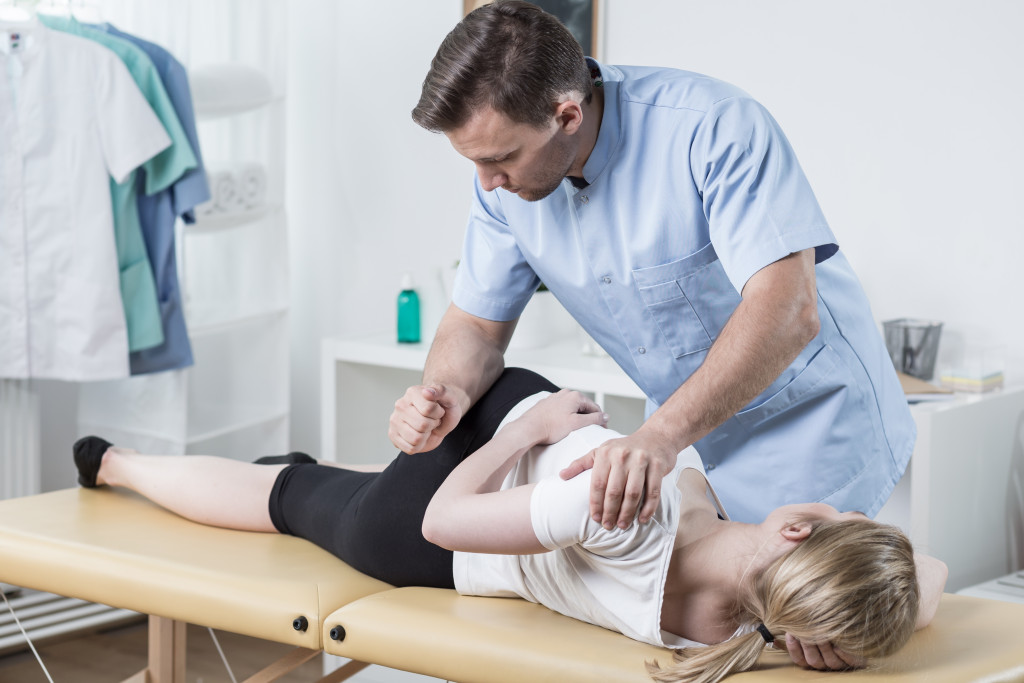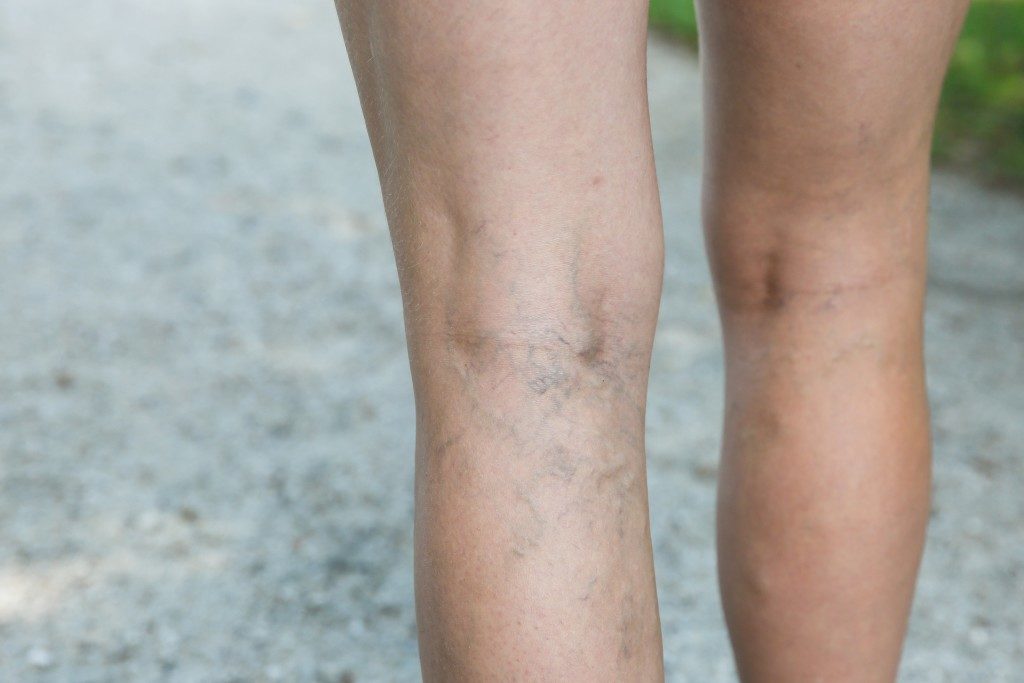Chiropractic care ensures that the underlying structures of your body, including the skeleton, discs, and joints, are properly aligned for normal function. At least 100 chiropractic adjustments are being done today. A single chiropractor chooses about ten adjustments that they specialize in and use on their patients.
That said, if you are considering visiting one of the experienced chiropractors in town, here are some of the adjustments you should expect to get from them:
The Diversified Technique
This three-in-one technique works by repairing joints, restoring spinal alignment, and boosting correct movement and mobility. A chiropractor will use hand–on thrusts with well-calculated precision to restore spinal alignment. This results in increased motion range that might have been thrown off balance by misaligned bones and joints. This technique is widely practiced, with at least 90% of chiropractors using this technique on 70% of their patients.
Spinal Mobilization
This technique is also referred to as spinal manipulation or manual therapy. Both physical therapists and chiropractors commonly use it to alleviate pressure from the joints, improve nerve function, and reduce inflammation. While this practice is almost similar to the diversified technique, spinal manipulation has more stretching sessions and gentler thrusting motions than the diversified technique.
Flexion-Distraction
This method uses a specially made table to distract and flex the spine in a gentle rhythm. It is popularly used for the treatment of symptomatic disc injuries that cause leg and back pain. The adjustment is comfortable and pain-free. This makes it a suitable option for a patient with extra sensitivity to other chiropractic adjustments or a patient that has recently suffered severe injuries.

Spinal Decompression
This option is considered as more of a chiropractic technique more than it is an adjustment. It is considered one of the most effective treatment methods for anyone suffering from lower back pain due to slipping, degenerated, bulging, or herniated discs. A chiropractor works on this technique by placing the patient on a special table that carefully stretches the spine. This promotes a good flow of oxygen, water, and other essentials into the discs and throughout the spine and bone structure, promoting a better posture and alleviating pain.
The Gonstead Adjustment
This option is mostly used in the restoration of a good disc alignment and restoration of maximum mobility. You can receive this adjustment while sitting or lying down on your side. The unique factor with this treatment option is the accuracy required for a chiropractor to get the specific point. The chiropractor will use their hands to manipulate the pelvis or lower back to get Gonstead adjustment right.
Thompson Drop – Table
Here, a specially designed table is used. The table is designed such that it has padded platforms, as well as a perfectly fitted drop mechanism section. The chiropractor uses the mechanism to “drop” a patient for a maximum of one inch while applying quick thrusts on the patient to finish the adjustment process. The dropping motion is gentle and comfortable for most patients as it resembles a light body vibration.
The Activator Technique
If you frequently visit chiropractors, you will notice a small handheld device called an activator. It is used to administer gentle impulses to the vertebral part of the spine and other extremities of your body. The device is loaded with springs that help in the adjustment and toning of the nervous system. It is suitable for treating conditions such as lower back pain, stiff neck, and tension headaches.
Myofascial Release
The myofascial tissue is a layer of membranes that covers, connects, and supports the body muscles, and this chiropractic technique targets this muscle. Injuries and stress cause stiffness in the myofascial tissue, often referred to as trigger points, causing pain. Pain may occur at any other part of your body and not the trigger point, making it difficult to identify the trigger point. Besides stiffness, trigger points may result in restricted muscle and joint movement, causing pain and discomfort throughout your body. During this chiropractic treatment, a chiropractor will find the area, apply pressure to loosens the muscle, free its movement and reduce pain.
While most chiropractic techniques revolve around the spine, they can be used in other body areas prone to injury, stress, tension, and malfunction. Chiropractors believe that pain and tension are caused by malfunctions in the musculoskeletal and nervous systems. As such, the goal of chiropractic techniques is to promote natural healing and a wide range of unrestricted motion. Since this treatment technique emphasizes good health and balance, you might require a lifestyle change and diet modifications to ensure success and long-term enjoyment of chiropractic adjustments.




